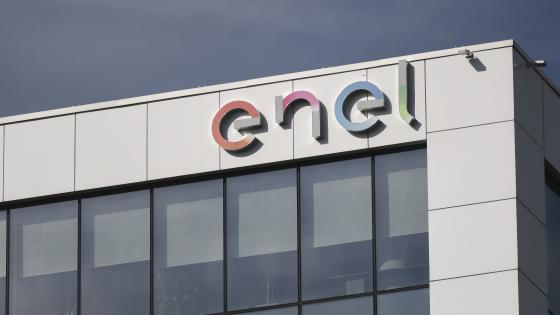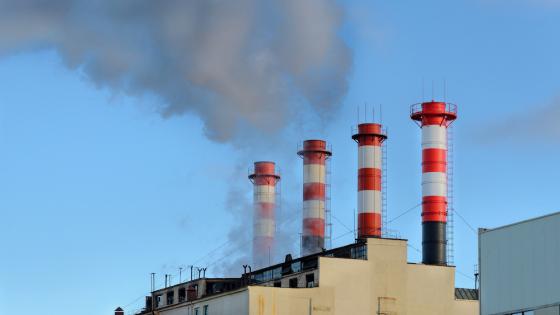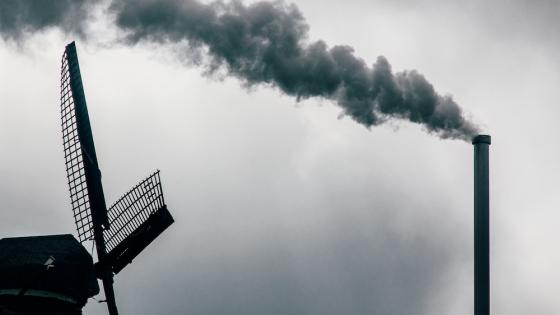Climate change mitigation is currently a top policy priority. Economists and experts usually agree that market-based instruments, consisting in pricing emissions, are preferable to command-and-control regulation, where the government imposes emissions standards (e.g. Borenstein 2012).
The theoretical argument in favour of carbon prices is that a properly set carbon price incentivises firms to curtail emissions efficiently. In the short run, firms consider the carbon price in their production and pricing decisions. As a result, marginal abatement costs are equalised across firms and across sectors, so that firms with lower abatement costs abate more, contributing to efficiency. In the long run, firms’ investment patterns in carbon-reducing technologies are efficient.
Perhaps fuelled by these theoretical arguments, carbon emissions pricing, through carbon taxes or through emissions trading (cap-and-trade) systems, is also gaining traction as a policy around the world. In 2019, about 15% of global greenhouse gases emissions were priced, and about half of them were traded within one of the 20 cap-and-trade arrangements active around the world. The largest cap-and-trade program currently in operation is Europe’s emissions trading system (EU-ETS), which covers installations that are collectively responsible for almost 50% of the EU's emissions of CO2. In 2021, the EU-ETS will likely be overtaken by the massive cap-and-trade programme expected to be implemented in China, which will likely give emissions trading systems an additional remarkable boost.
Our recent research (Baranek et al. 2021) shows that the efficiency properties of carbon pricing crucially rest on the (usually implicit) assumption that regulated firms are profit-maximising. Absent this condition, carbon pricing is neither efficient nor, in some cases (especially under a carbon tax), effective in reducing emissions. We argue that, in fact, firms’ behaviour might deviate from profit maximisation in carbon markets, where many of the largest players are government-controlled.
This is particularly true in the electricity sector, which alone originates more than 40% of the global CO2 emissions from fuel combustion, and which is responsible for more than 60% of verified emissions in the EU-ETS.
Around the world, the seven largest electricity generators by installed capacity (and 13 out of the 14 largest) are indeed more than 50% owned by national governments (International Energy Agency 2018). In 18 out of the 30 countries that are part of EU-ETS, the government owns a controlling stake in the largest electricity generator. Government ownership of large electricity generators is thus the rule, with some prominent exceptions including the United States, Germany, Spain, and Australia.
We provide evidence of the differential behaviour of government-controlled and non government-controlled firms on the Italian electricity market. We focus in particular on the extent to which ownership affects firms’ responses to carbon prices implied by the EU-ETS framework.
Our analysis is based on the day-ahead spot market, which accounts for roughly two thirds of electricity traded in Italy. We use detailed publicly available data on the hourly bids from January 2006 to August 2018. We also use engineering estimates of the generators’ ‘heat rate’ provided by the Milan-based research consultancy company Ref-E.
We first study how firms pass through the carbon prices implied by the EU-ETS to final customers.
We find a stark difference in pass-through between the government-controlled company Enel and all the other companies. While the pass-through for all the other companies is close to full (93.3% in our preferred specification), in line with previously estimated results that refer to markets with private generators (Fabra and Reguant 2014), the pass-through for Enel differs markedly, and is much closer to zero (28.6% in our preferred specification). This is a first strong indication of differential behaviour based on ownership.
The pattern of pass-through of fuel costs is similar to that for emission costs. The government-controlled company Enel passes through less than 40% of the cost, while the other companies pass through about 80% of the costs.
The differential pass-through across firms with different ownership structures implies that marginal abatement costs are not equalised across firms. The inefficiencies emerging from this behaviour are stark. The motivation of the differential pass-through could be due to at least two reasons: (1) differences in competitive conditions across firms, perhaps triggered by difference in the cost functions; or (2) differences in the cost internalisation, which in turn could result from different objective function based on ownership resulting from different incentives being at play in the government-controlled firm.
To distinguish between the two hypotheses, we construct and estimate a formal bidding model, which allows us to recover the optimal mark-up. We use it to measure the extent to which Enel and the other generators internalise costs and capture mark-up opportunities. Enel internalises only about 15% of marginal emissions costs, and about 25% of marginal fuel costs. The other generators internalise about 75% of both marginal costs. Also, while markup for the other generators is broadly in line with profit maximisation (with approximately 70% of the mark-up opportunities being realised), the government-controlled company Enel does not seem to bid strategically. Taken together, our results imply that marginal abatement costs are not equalised across companies (and across sectors), which clearly undermines the effectiveness of the regulation, at least in the short run.
What is the motivation behind the different behaviour between Enel and the other generators?
Our data support the hypothesis that government-owned companies try to decrease the volatility of market prices for political reasons. A government-controlled company, especially if its strategies are visible and important for its citizens, affects the probability of the government to remain in power, as it potentially affects citizens' perception of government ability and accountability. These political incentives might lead government-controlled companies to target a reduction in price volatility, possibly because consumers might perceive small price volatility as an indicator of a more cost-reflective price.
We finally show that Enel’s strategies differ from those of its competitors also in terms of investment. Both the carbon intensity of fuels used as an input (coal in particular), and investment in renewables, are less driven by allowances prices for Enel than for its counterpart. This results parallels Fowlie (2010), and show that carbon pricing fails to be efficient with government-owned companies, even in providing efficient long-run investment incentives.
Finally, our findings can be applied to the analysis of the massive ETS program that China will be implementing starting in 2021. All electricity generators in China are government-owned, so it appears unlikely that carbon pricing will lead to an efficient outcome.
References
Baranek, B, F Boffa and J Kastl (2021), “Revisiting Cap-and-Trade in Presence of Publicly Owned Polluters: The Case of Italy 2006-2018”, CEPR Discussion Paper 15989.
Borenstein, S (2012), “Markets for Anthropogenic Carbon within the Larger Carbon Cycle,” in D Fullerton and C Wolfram (eds), The Design and Implementation of US Climate Policy, University of Chicago Press, pp. 93-102.
Fabra, N and M Reguant (2014), “Pass-Through of Emissions Costs in Electricity Markets," American Economic Review 104: 2872-2899.
Fowlie, M (2010), “Emissions Trading, Electricity Restructuring, and Investment in Pollution Abatement," American Economic Review 100: 837-869.






